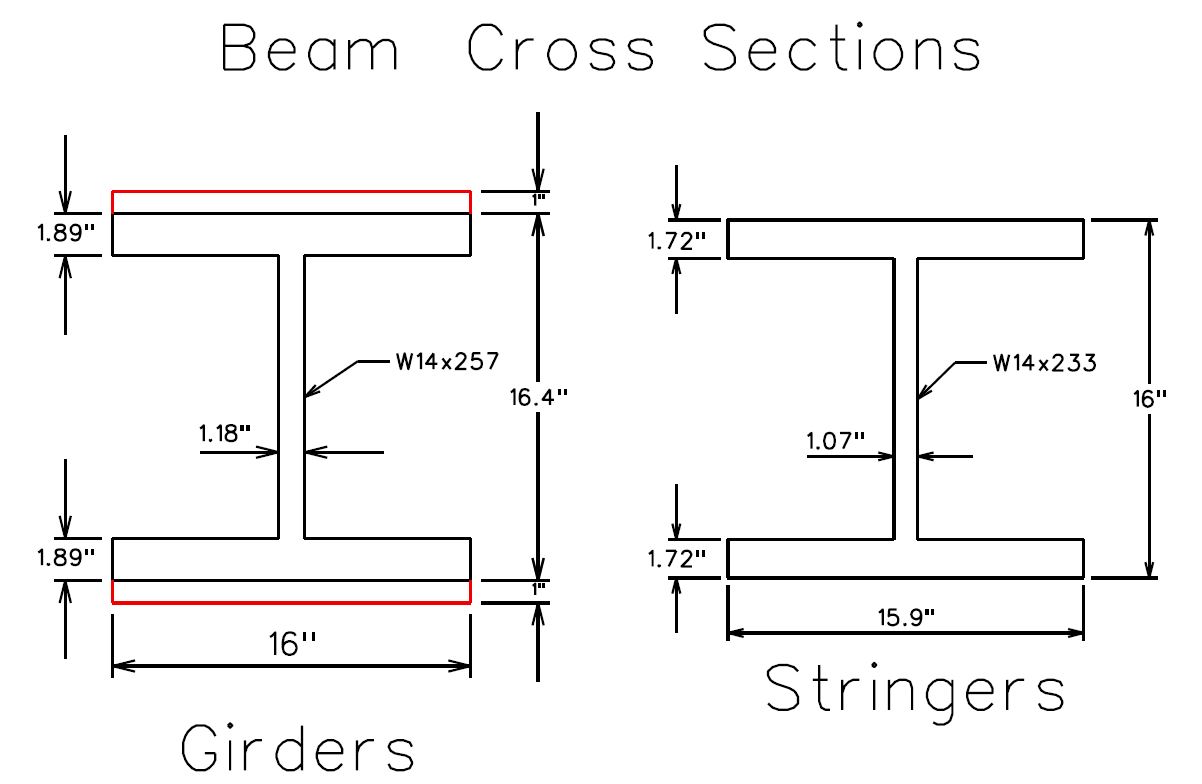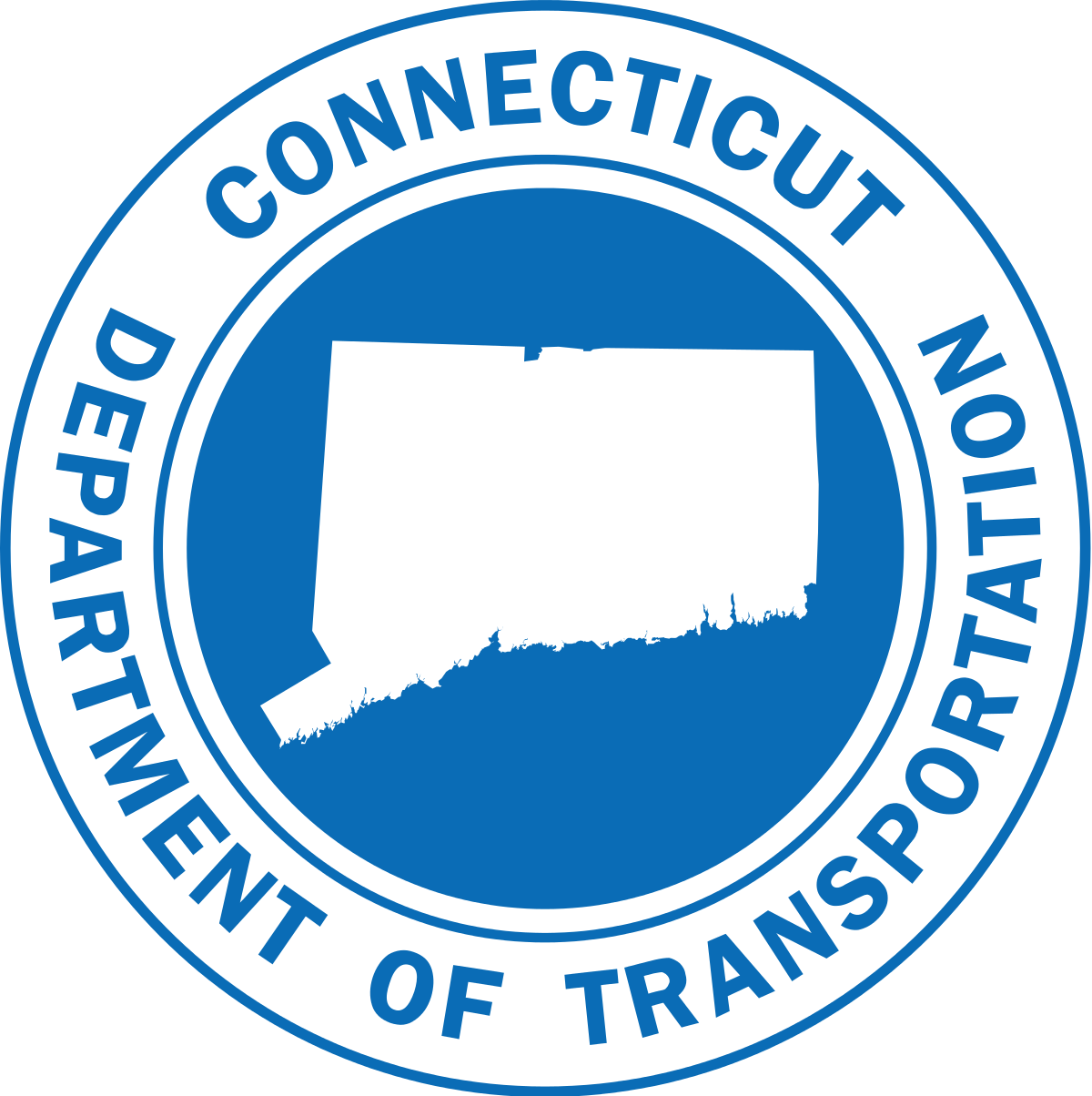
Figure 1

Figure 2

Team 14
Team Members |
Faculty Advisor |
Michael Vaccaro Jr. |
Shinae Jang Sponsor Connecticut Department of Transportation (CTDOT) |
sponsored by

The Connecticut Department of Transportation (DOT) has identified a three-mile-long section of track between Bridgeport and Stratford, CT where several track improvements will be made to increase the maximum allowable speed from 70 mph to 90 mph. To accommodate this speed increase, the DOT aims to replace existing open deck bridges with ballasted decks, providing a more consistent environment with the adjacent tracks. To this end, our team designed a ballasted deck bridge to replace one of the open deck bridges passing over Bruce Avenue in Stratford, CT. Bridge 08077R, the current structure, carries six tracks across a 32.5-ft span and serves as one of the critical links for Amtrak. Of these six tracks, one is not currently in use, but we have considered this track to be live to provide the DOT with the flexibility of using the extra track in the future. The DOT challenged our team to complete a full analysis of the dead, live, wind, and impact loads, as well as the design and selection of the main load-carrying elements of the structure. All structural members, including the stringers and girders, were designed following the American Railway Engineering and Maintenance-of-way Association’s (AREMA) design manual. Furthermore, we provided our sponsors with the expected moments and reactions, a cost estimate, and a load rating report. Our team used Microstation to draw the framing plan of the current structure, SP Beam to aid in the concrete design process for the bridge deck, and SAP2000 to check the accuracy of our hand calculations and fine-tune our member selections. Throughout the design process, our team was careful to keep the overall depth of the bridge consistent with the original structure to maintain the clearance below the bridge and to preserve the current vertical track alignment. With these criteria in mind, we have created two models for a ballasted deck bridge using both a floor-beam layout and a more cost-effective lateral bracing solution.
